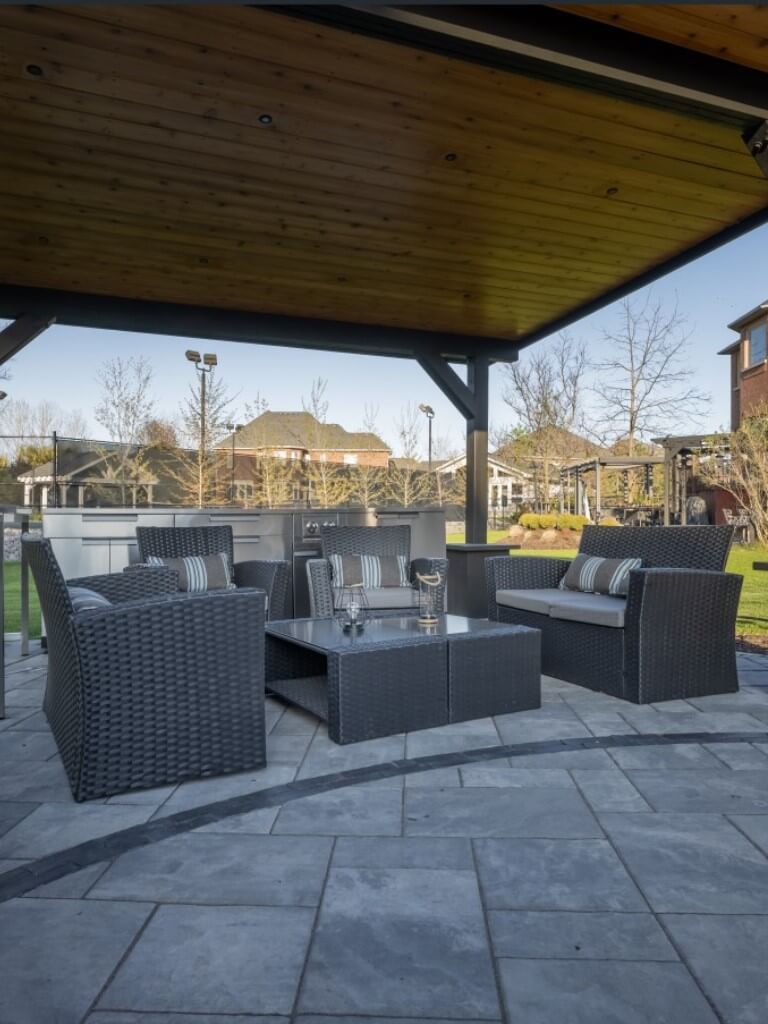Compaction
Compaction is a crucial phase following interlocking paver installation, ensuring a firm and stable foundation by compressing the surface materials. This process enhances durability and longevity, promoting a level and resilient surface for various applications such as driveways, walkways, or patios












